Essential Checklist for Sourcing Bamboo Fiber Nonwoven Fabric: Key Factors to Consider
Table of Contents
- Understanding Bamboo Fiber: Benefits and Applications in Nonwoven Fabrics
- Key Sustainable Sourcing Practices for Bamboo Fiber Nonwoven Fabric
- Evaluating Quality: Key Characteristics of Bamboo Fiber Nonwoven Materials
- Comparing Bamboo Fiber with Other Nonwoven Fabrics: Pros and Cons
- Cost Considerations: Budgeting for Bamboo Fiber Nonwoven Fabric Sourcing
- Supplier Evaluation: How to Choose the Right Manufacturer for Bamboo Fiber
- FAQS
- Related Posts
The demand for sustainable materials has surged in recent years, particularly in the textile industry, where Bamboo Fiber Nonwoven Fabric has gained significant attention. According to a report by Grand View Research, the global nonwoven fabrics market size is expected to reach USD 58.84 billion by 2025, with the increasing adoption of eco-friendly materials driving this growth. Bamboo fiber, known for its biodegradability, softness, and natural antibacterial properties, presents an attractive alternative to traditional materials. As Shielday Technology Co., Ltd., an advanced manufacturer of high-performance EMI shielding textiles and conductive wires, continues to innovate in the textile space, it is crucial for businesses to consider key factors when sourcing Bamboo Fiber Nonwoven Fabric. Understanding these elements not only facilitates effective procurement but also enhances product performance and sustainability standards in an increasingly eco-conscious market.
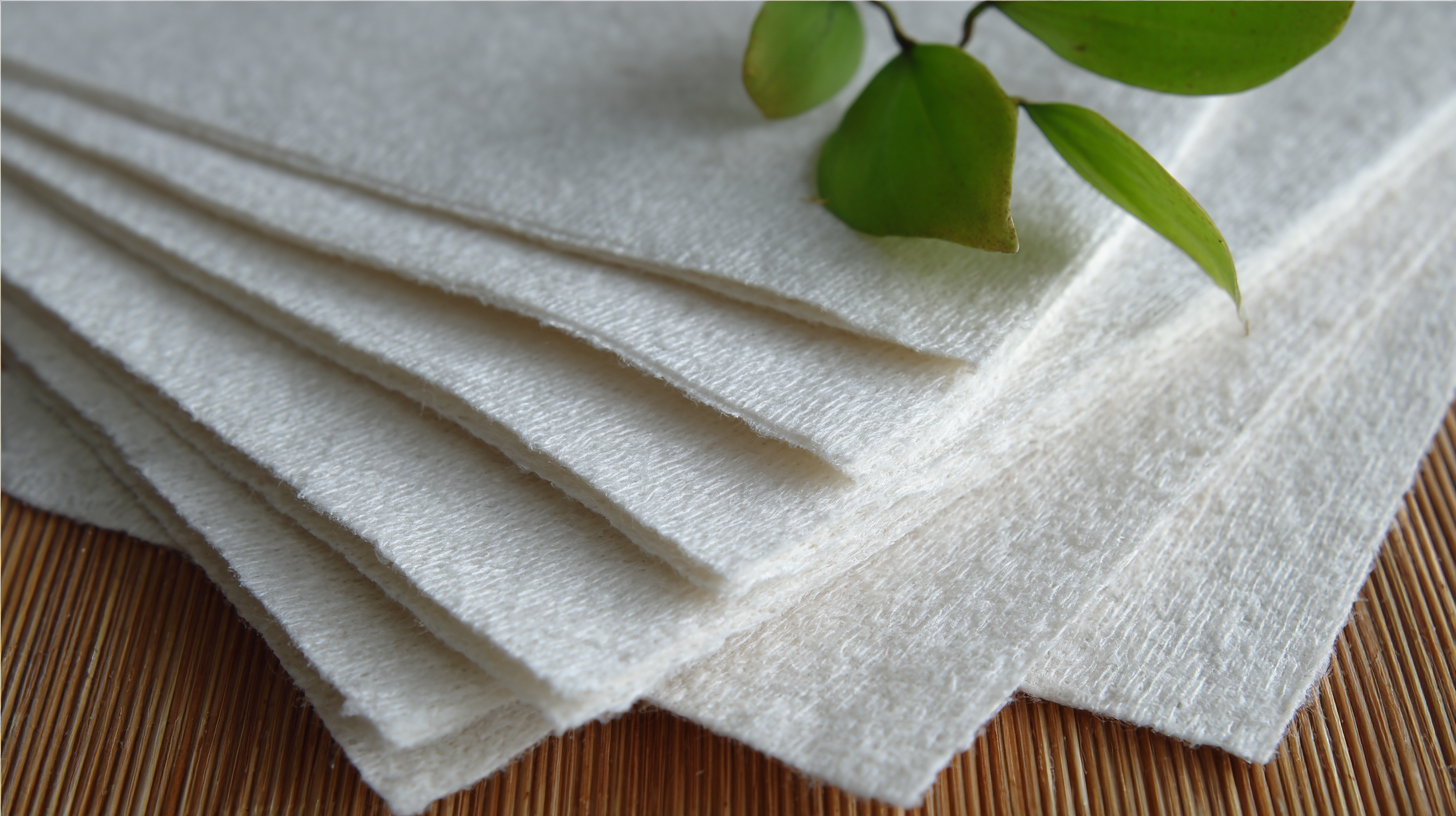
Understanding Bamboo Fiber: Benefits and Applications in Nonwoven Fabrics
Bamboo fiber has gained significant attention in the textile industry, particularly for its use in nonwoven fabrics. Known for its natural antibacterial properties and sustainability, bamboo fiber not only helps in reducing environmental impact but also offers excellent durability and comfort. The unique structure of bamboo fibers allows for superior moisture absorption, making it ideal for various applications ranging from hygiene products to home textiles.
Tips: When sourcing bamboo fiber nonwoven fabric, consider the quality of the bamboo used. Look for suppliers who offer certified organic bamboo to ensure that the fibers are free from harmful chemicals and pesticides. It’s also crucial to assess the processing methods, as sustainable practices in turning bamboo into fiber can influence both the environmental footprint and the final product quality.
Another factor to evaluate is the versatility of the nonwoven fabric. Bamboo fiber can be blended with other materials, enhancing its characteristics for specific applications. For instance, combining bamboo with polyester increases strength and resilience, making it suitable for industrial uses. Always discuss the intended application with your supplier to identify the best blend that meets your requirements.
Key Sustainable Sourcing Practices for Bamboo Fiber Nonwoven Fabric
When sourcing bamboo fiber nonwoven fabric, integrating sustainable practices is vital due to the growing demand for eco-friendly materials in the textile industry. Bamboo, known for its rapid growth and minimal environmental impact, offers a renewable solution in fabric production. Key sustainable sourcing practices include ensuring the bamboo is sourced from responsibly managed forests, which promotes biodiversity and minimizes deforestation. Additionally, consider the manufacturing processes used; opting for those that use non-toxic dyes and sustainable energy sources can greatly reduce the overall carbon footprint.
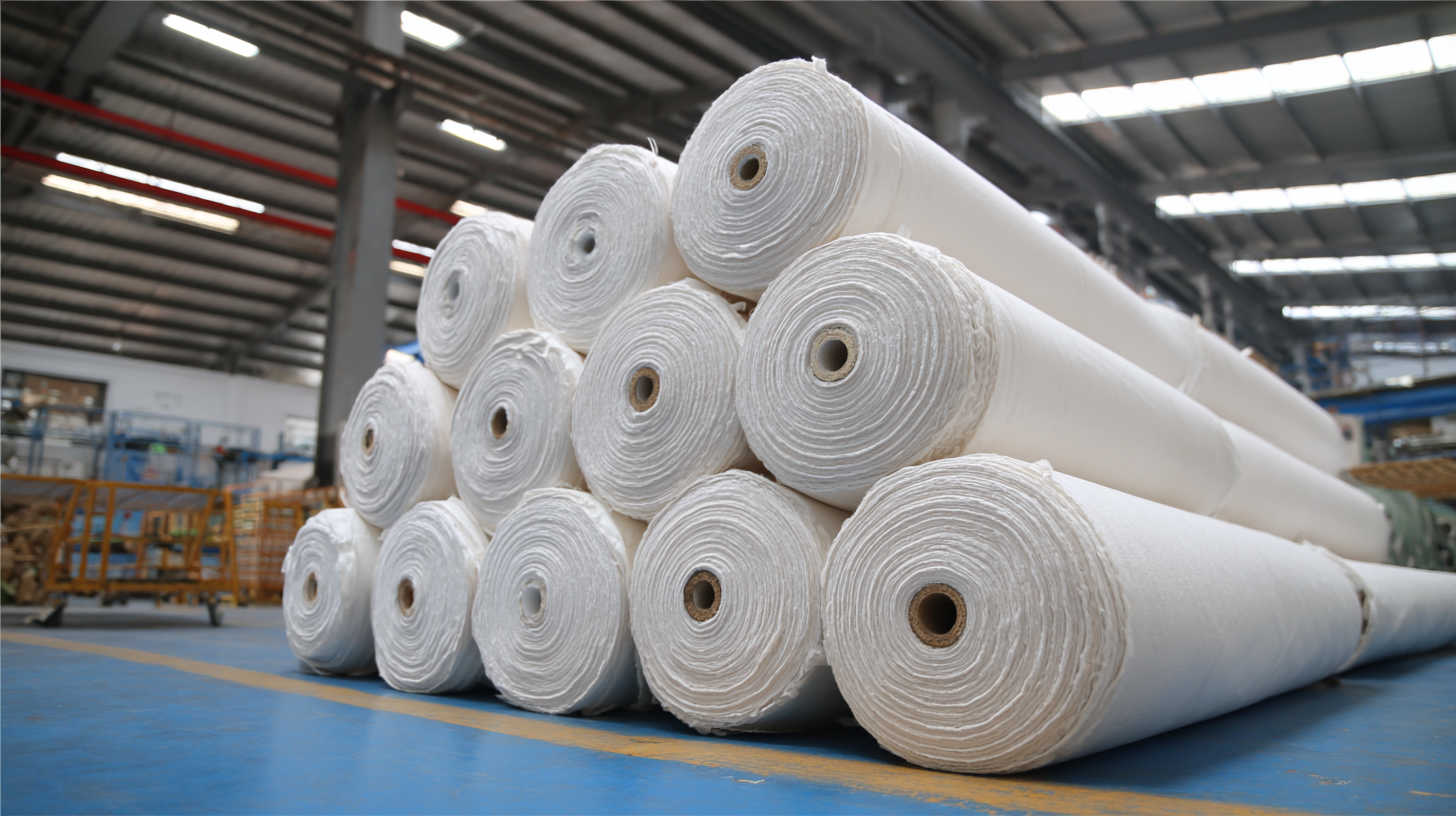
Tips for sustainable sourcing could include conducting thorough supplier audits to guarantee ethical practices throughout the supply chain. It’s also beneficial to look for certifications that validate the sustainability claims of your bamboo fiber. Creating partnerships with suppliers who prioritize innovation in eco-friendly processes can further enhance the sustainability of your product line. Industry trends indicate a substantial increase in demand for bio-based textiles, projected to reach a market size of USD 113.43 billion by 2034, underlining the importance of aligning your sourcing strategy with these shifting consumer preferences.
Evaluating Quality: Key Characteristics of Bamboo Fiber Nonwoven Materials
When sourcing bamboo fiber nonwoven fabric, evaluating quality is paramount. Key characteristics such as fiber density, softness, and breathability should be considered to ensure the final product meets performance standards. Bamboo fiber is known for its natural antibacterial properties, making it an excellent choice for various applications including textiles and hygiene products.
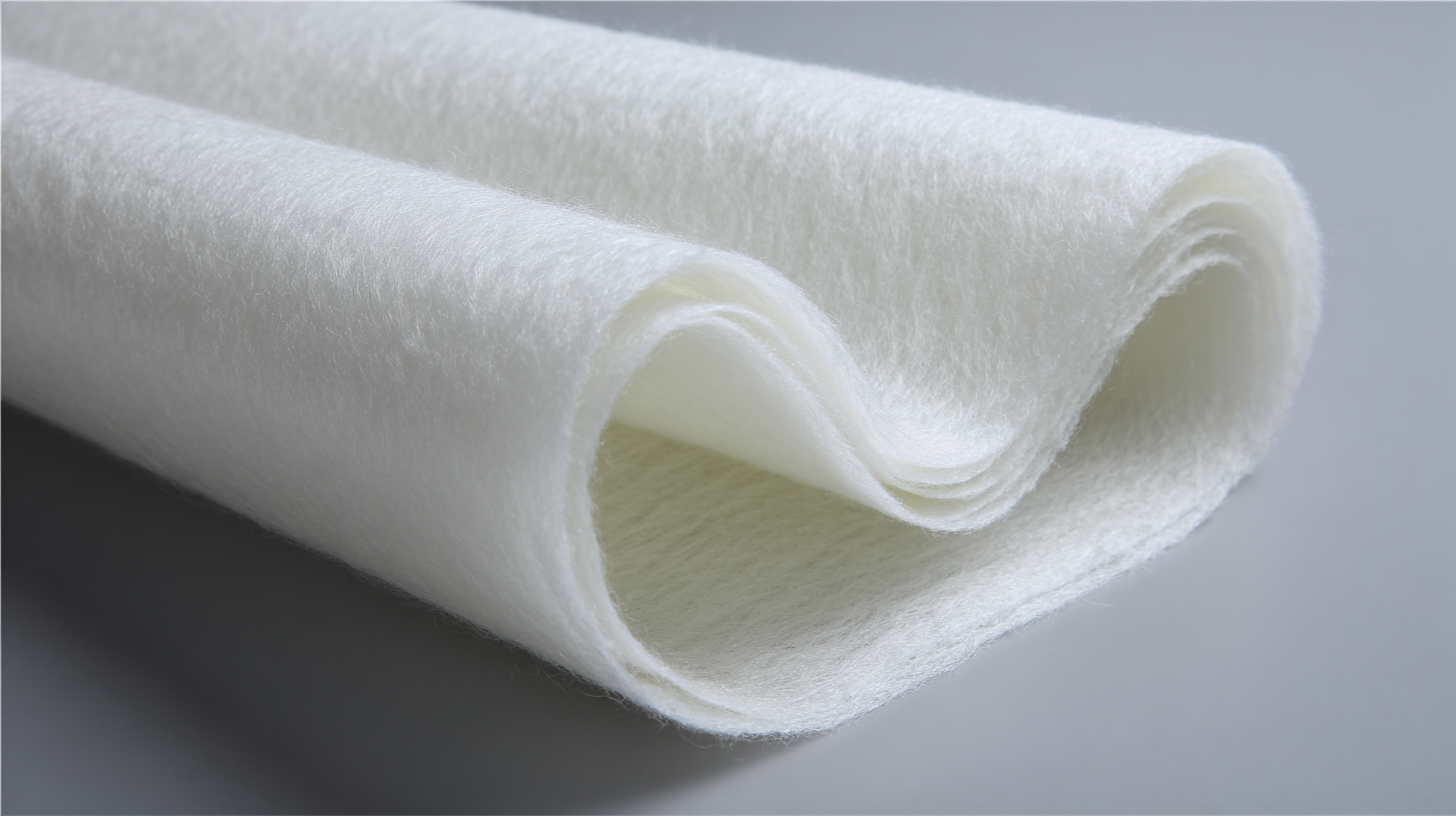
Tip: Always request samples to gauge the fabric's texture and durability before placing a larger order. This allows for a hands-on assessment of quality.
Another crucial factor is the sourcing method of the bamboo fibers. Eco-friendly practices and sustainable sourcing not only contribute to the quality of the fabric but also align with growing consumer demand for environmentally conscious products. Look for manufacturers who can provide transparency in their sourcing and production processes.
Tip: Consider partnering with companies like Shijiazhuang Shielday Technology Co., Ltd., who specialize in high-performance textiles. Their expertise in custom product development can ensure that your bamboo fiber nonwoven fabric not only meets quality specifications but also fulfills unique project requirements, enhancing overall product value.
Comparing Bamboo Fiber with Other Nonwoven Fabrics: Pros and Cons
When evaluating bamboo fiber nonwoven fabric, it's essential to compare it with other materials like polypropylene and polyester. Bamboo fiber stands out for its natural properties, offering superior breathability and moisture-wicking capabilities. Unlike synthetic fabrics, bamboo fiber is biodegradable and environmentally friendly, making it an attractive choice for eco-conscious consumers. Additionally, its antibacterial properties help prevent odors, providing added value for various applications, from clothing to hygiene products.
Conversely, traditional nonwoven fabrics such as polypropylene and polyester come with their own set of advantages. They are typically more affordable and provide excellent durability and resistance to wear and tear. These synthetic materials are often easier to clean and maintain, making them practical for everyday use. However, they lack the breathability and comfort that bamboo fiber offers, which can be a significant factor for those seeking sustainable and comfortable solutions. Ultimately, the choice between bamboo fiber and other nonwoven fabrics depends on the intended use and the values prioritized by consumers.
Comparison of Bamboo Fiber and Other Nonwoven Fabrics
This chart compares the environmental impact of bamboo fiber and other common nonwoven fabrics. A lower score indicates a more favorable environmental profile, with bamboo fiber demonstrating a significant advantage.
Cost Considerations: Budgeting for Bamboo Fiber Nonwoven Fabric Sourcing
When sourcing bamboo fiber nonwoven fabric, cost considerations are paramount. Bamboo fiber is celebrated for its eco-friendliness and softness, but understanding the overall budget is essential for manufacturers. According to a report by Market Research Future, the global bamboo textile market is projected to reach $1.2 billion by 2025, reflecting the increasing demand for sustainable materials. This growth is driving manufacturers to streamline their sourcing processes while ensuring quality and ethical production practices.
When budgeting for bamboo fiber nonwoven fabric, it's crucial to factor in raw material costs, processing expenses, and transportation fees. A study from the Global Textile and Apparel Industry estimated that sourcing sustainable materials like bamboo can incur an additional 15-30% in costs compared to conventional textiles. However, investing in bamboo fiber often pays off in the long run, as consumer demand for sustainable products increases. Companies that incorporate sustainable practices tend to report higher customer loyalty and brand value, further justifying the initial cost outlay. This strategic investment can ultimately lead to greater market competitiveness and long-term profitability.
Essential Checklist for Sourcing Bamboo Fiber Nonwoven Fabric: Key Factors to Consider - Cost Considerations: Budgeting for Bamboo Fiber Nonwoven Fabric Sourcing
| Cost Factor | Description | Estimated Cost Range (per meter) |
|---|---|---|
| Raw Material Cost | Cost of bamboo and other fibers used in production | $1.50 - $2.50 |
| Manufacturing Cost | Expenses related to the processing of fibers into nonwoven fabric | $0.80 - $1.20 |
| Transportation Cost | Shipping and logistics for delivering materials and finished goods | $0.60 - $1.00 |
| Quality Testing | Costs associated with testing fabric for durability and safety | $0.20 - $0.50 |
| Packaging Cost | Costs for eco-friendly packaging materials | $0.30 - $0.70 |
| Miscellaneous Costs | Other unforeseen expenses and overhead | $0.10 - $0.30 |
Supplier Evaluation: How to Choose the Right Manufacturer for Bamboo Fiber
When sourcing bamboo fiber nonwoven fabric, the evaluation of potential suppliers is paramount. Manufacturers should offer a robust portfolio that aligns with your specific needs, especially in performance and compliance with industry standards. In 2021, the global bamboo fiber market was valued at approximately USD 1.2 billion, which underscores the growing importance of sustainability and innovation in textile manufacturing. Choosing a supplier that specializes in eco-friendly materials is crucial, as the demand for sustainable textiles continues to rise.
Shijiazhuang Shielday Technology Co., Ltd. stands out as a leader in this space, with expertise not only in bamboo fiber fabrics but also in advanced EMI shielding textiles and conductive wires. Their commitment to advanced manufacturing techniques ensures high-performance products tailored to diverse applications. According to a report by Research and Markets, the global market for EMI shielding textiles is projected to grow at a CAGR of 8.5% from 2022 to 2030. Partnering with a manufacturer that understands these trends enhances your ability to innovate and meet the evolving demands of the textile industry while ensuring quality and compliance.
FAQS
: Bamboo fiber offers natural antibacterial properties, sustainability, excellent durability, comfort, and superior moisture absorption, making it suitable for various applications like hygiene products and home textiles.
When sourcing bamboo fiber, look for certified organic bamboo to ensure it is free from harmful chemicals. It's also important to assess the processing methods utilized to ensure sustainable practices.
Yes, bamboo fiber can be blended with other materials such as polyester to enhance its characteristics, increasing strength and resilience for specific applications.
Bamboo fiber is more breathable, moisture-wicking, biodegradable, and environmentally friendly, whereas synthetic fabrics like polypropylene and polyester are often more affordable, durable, and easier to clean.
Bamboo fiber is biodegradable and has antibacterial properties, which help prevent odors, making it a sustainable and comfortable solution for various applications.
It’s important to discuss the intended application and identify the best blend of materials that meets your requirements for performance and sustainability.
Yes, due to its natural antibacterial properties and moisture absorption capabilities, bamboo fiber is ideal for hygiene products.
While bamboo fiber offers many advantages, traditional nonwoven fabrics like polypropylene and polyester are more affordable and durable, which may influence the choice based on budget and specific needs.
Related Posts
-
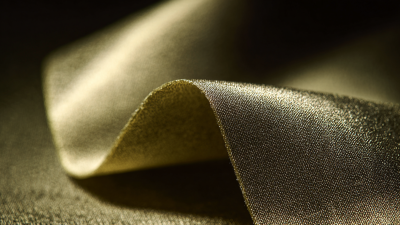
Ultimate Checklist for Sourcing the Best Silver Conductive Fabric Worldwide
-

Exceptional Tinned Tinsel Wire Manufacturing in China for Global Buyers
-

Unmatched Manufacturing Excellence: Discover the Best High Temp Resistant Sleeves from China's Leading Factory
-

How to Navigate Import and Export Certifications for Best Conductive Tape
-

2025 Industry Trends in Firefighting Apparel: How to Choose the Best FR Clothing for Safety
-
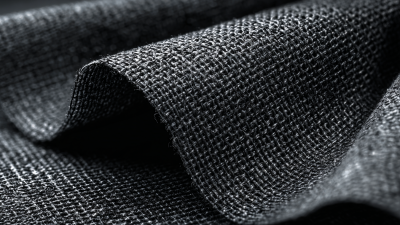
10 Industry Standards for Best Fire Resistant Fabric and 7 Reasons to Choose Them

